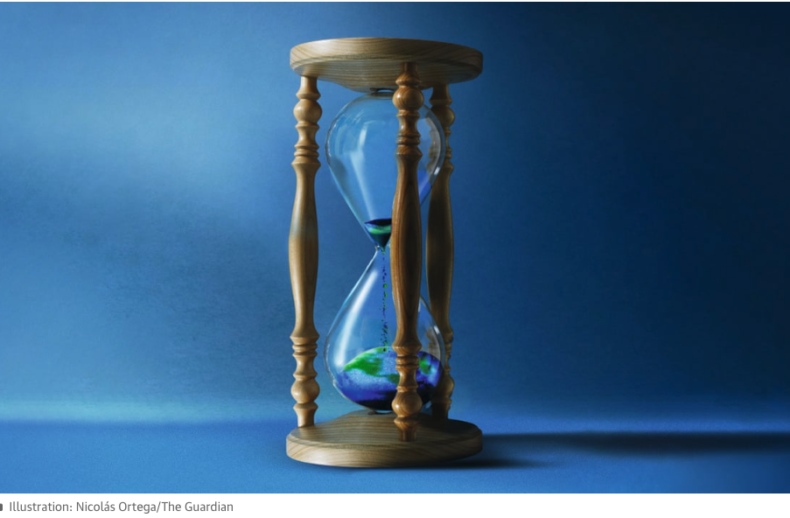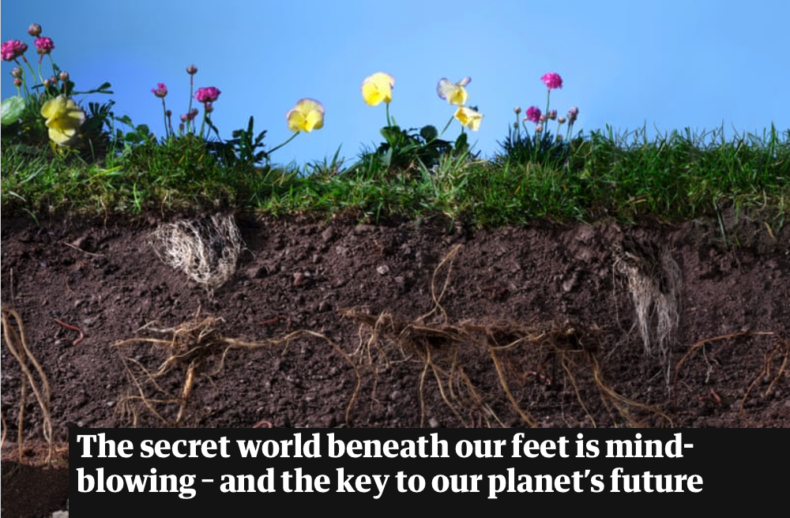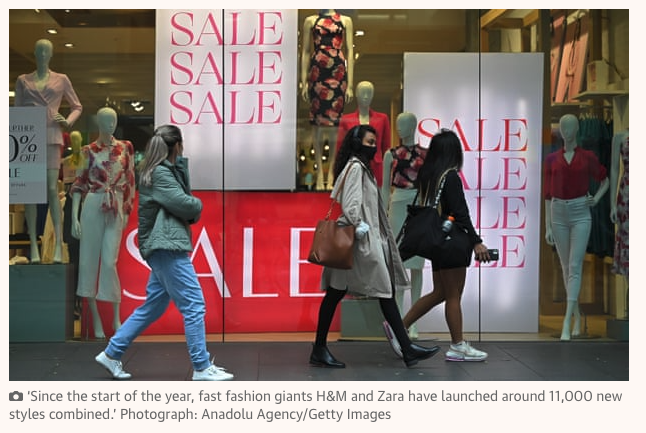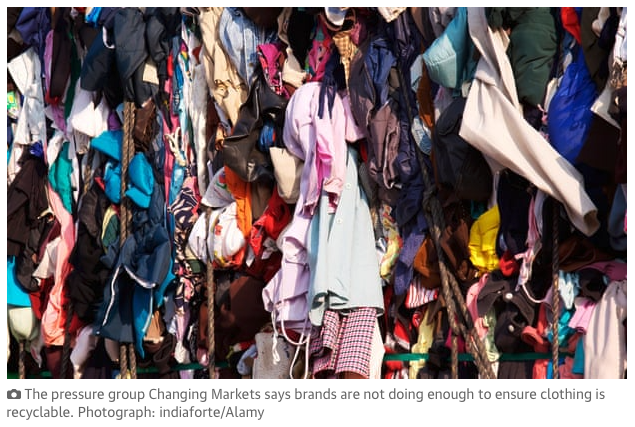While we favor a circular economy without landfilling or WTE/Incineration the nature of society (and consuming) does create waste that cannot be avoided or recycled. In that case waste should first be made inert, toxics destroyed, and materials and energy recovered so that landfilling, the worst option for dealing with waste, can be avoided by all means possible. A circular economy is essential for sustainable development and the continued existence of human society. When landfilled,…

…The German oceanographer and climatologist Stefan Rahmstorf writes: “We have enough ice on Earth to raise sea levels by 65 metres – about the height of a 20-storey building – and, at the end of the last ice age, sea levels rose by 120 metres as a result of about 5C of warming.” Taken together, these figures give us a perspective on the powers we are dealing with. Sea-level rise will not remain a question of centimetres for very long.
..Saving the world is voluntary. You could certainly argue against that statement from a moral point of view, but the fact remains: there are no laws or restrictions in place that will force anyone to take the necessary steps towards safeguarding our future living conditions on planet Earth. This is troublesome from many perspectives, not least because – as much as I hate to admit it – Beyoncé was wrong. It is not girls who run the world. It is run by politicians, corporations and financial interests – mainly represented by white, privileged, middle-aged, straight cis men. And it turns out most of them are terribly ill suited for the job. This may not come as a big surprise. After all, the purpose of a company is not to save the world – it is to make a profit. Or, rather, it is to make as much profit as it possibly can in order to keep shareholders and market interests happy….

Beneath our feet is an ecosystem so astonishing that it tests the limits of our imagination. It’s as diverse as a rainforest or a coral reef. We depend on it for 99% of our food, yet we scarcely know it. Soil.
…
We face what could be the greatest predicament humankind has ever encountered: feeding the world without devouring the planet. Already, farming is the world’s greatest cause of habitat destruction, the greatest cause of the global loss of wildlife and the greatest cause of the global extinction crisis. It’s responsible for about 80% of the deforestation that’s happened this century. Of 28,000 species known to be at imminent risk of extinction, 24,000 are threatened by farming. Only 29% of the weight of birds on Earth consists of wild species: the rest is poultry. Just 4% of the world’s mammals, by weight, are wild; humans account for 36%, and livestock for the remaining 60%.
Unless something changes, all this is likely to get worse – much worse. In principle, there is plenty of food, even for a rising population. But roughly half the calories farmers grow are now fed to livestock, and the demand for animal products is rising fast. Without a radical change in the way we eat, by 2050 the world will need to grow around 50% more grain. How could we do it without wiping out much of the rest of life on Earth?

If things don’t change fast, the fashion industry could use a quarter of the world’s remaining global carbon budget to keep warming under 2C by 2050, and use 35% more land to produce fibres by 2030.
While this seems incredible, it’s not. Over the past 15 years, clothing production has doubled while the length of time we actually wear these clothes has fallen by nearly 40%. In the EU, falling prices have seen people buying more clothing than ever before while spending less money in the process.
This is not sustainable. Something has to give. In our recent report, we propose the idea of a wellbeing wardrobe, a new way forward for fashion in which we favour human and environmental wellbeing over ever-growing consumption of throwaway fast fashion.
What would that look like? It would mean each of us cutting how many new clothes we buy by as much as 75%, buying clothes designed to last and recycling clothes at the end of their lifetime.
For the fashion sector, it would mean tackling low incomes for the people who make the clothes, as well as support measures for workers who could lose jobs during a transition to a more sustainable industry.

Fashion brands that make misleading claims about their environmental credentials face a crackdown by the competition watchdog as it targets greenwashing.
Brands could be forced to change the way they advertise or face court action if they are found to have breached consumer protection law with spurious environmental claims.
The Competition and Markets Authority (CMA) is understood to have prioritised fashion because of the size of the market and the scale of consumer concerns. Other sectors, including transport, food and drink, and beauty are also expected to be investigated over their environmental claims.
Cecilia Parker Aranha, the CMA’s director of consumer protection, said: “People are becoming increasingly aware of the negative impact that fashion can have on our planet. We know many shoppers are actively looking for brands which are doing good things for the environment – and we want to make sure the claims they see are stacking up.
